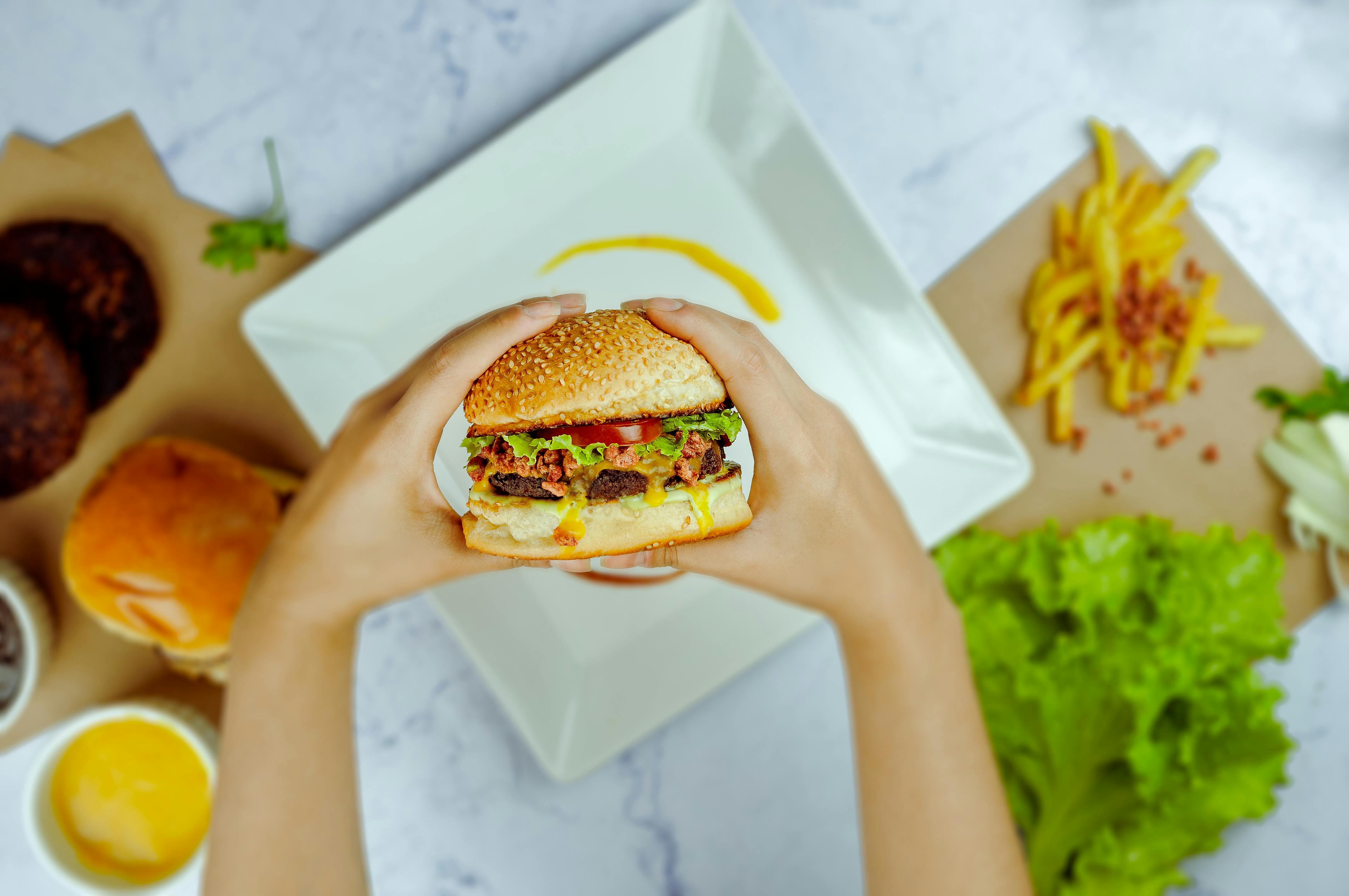
healthy food cooking
Preparation: The sooner the vegetables are cooked after buying or picking them, the better they will be. If it is impossible to cook them at once, they should be placed in the refrigerator immediately. Peas and corn, if possible, should be cooked very soon after harvesting. Leafy greens and other crunchy vegetables should be washed well, dried, placed in tightly covered glass or enamel containers, and stored in the refrigerator. If salad greens need to be stored for an extended period of time, do not wash them until just before using. Some vegetables like squash and sweet potatoes require a slightly warmer location than other vegetables.
Cleaning Before Cooking: There is great danger in commercially available vegetables unless they are cleaned properly. This is because many sprays are used in log gardening, and it is also possible, due to irrigation with unsanitary water in some areas, to get vegetables with infective forms of bacteria. For these reasons, it is absolutely essential to thoroughly wash all vegetables.
There are several good methods to remove the spray. Use a tablespoon or two of hydrochloric acid in a gallon of water and wash all the vegetables well with that. If that’s not practical, simply fill a basin with mild soap suds and scrub the vegetables thoroughly to even out the lettuce and leafy produce. They must be rinsed well so that no trace of soap remains. Rub them well and use a metal sponge to remove any dark spots. In most cases, they should not be scraped or skinned, as the richest part of their food content is often found just below the skin covering. When we peel potatoes, carrots, turnips, and other vegetables, we are destroying a large part of their nutritional value. Boil, roast or bake vegetables with skin on.
We also find that many salad greens can be served with the skin intact. Cucumber salad, for example, is not only delicious but also visually appealing. There are several excellent methods for cooking without water or using a very small amount:
1. Any good heavy stainless steel, enamel, glass, or iron skillet with a tight-fitting lid will do. The use of the steamer basket is optional but with more water. The pan to be used must be of a suitable size for the amount of vegetables that we are preparing. If the vegetables are cut or chopped into small pieces and the utensil is filled to the brim, it will require very little water. Carrots or beets prepared this way usually require only a few tablespoons of water. Always cover well and cook over medium heat.
2. Casserole cooking can be applied to this healthy method by grating root vegetables and slicing, dicing or chopping the most succulent vegetables. This quick method uses a tablespoon or two of distilled water and a half to a teaspoon of olive or oriental sesame oil, fresh sliced garlic, and herbs. Please bake in moderate oven.
3. Steam cooking and baking: there are new convection cooking plates with hot air circulation that prepare quick and healthy meals. They can steam, bake, wok, and even sauté vegetables, potatoes, eggs, soups, breads, poultry, meats, fish, and even bake breads, cookies, and cakes.
4. Woking and stir-frying are popular and healthy methods of preparing vegetables and main dishes. Woks originated in the East and have been used for centuries. We enjoy the quick, easy, and almost waterless method of preparing our food.
Some important points:
A. While the vegetable is cooking, do not remove the lid. By removing the lid we let the steam escape, which often contains vitamins and minerals.
b. Low heat should be used whenever possible and vegetables should be cooked for as short a time as possible to soften them.
vs Don’t be afraid to eat slightly crunchy vegetables. Vegetables do not need to be cooked to a pulpy mass to make them palatable.
d. Vegetables can be prepared in a variety of ways, such as roasted, sautéed, baked, boiled, or steamed. Never fry vegetables.
my. Never use soda to preserve color, because it destroys some of the vitamins.
F. Do not allow vegetables to sit in water too long before cooking, as minerals dissolve and are lost in the water.
gram. Cure vegetables shortly before cooking, as cut vegetables lose vitamin C when exposed to air.